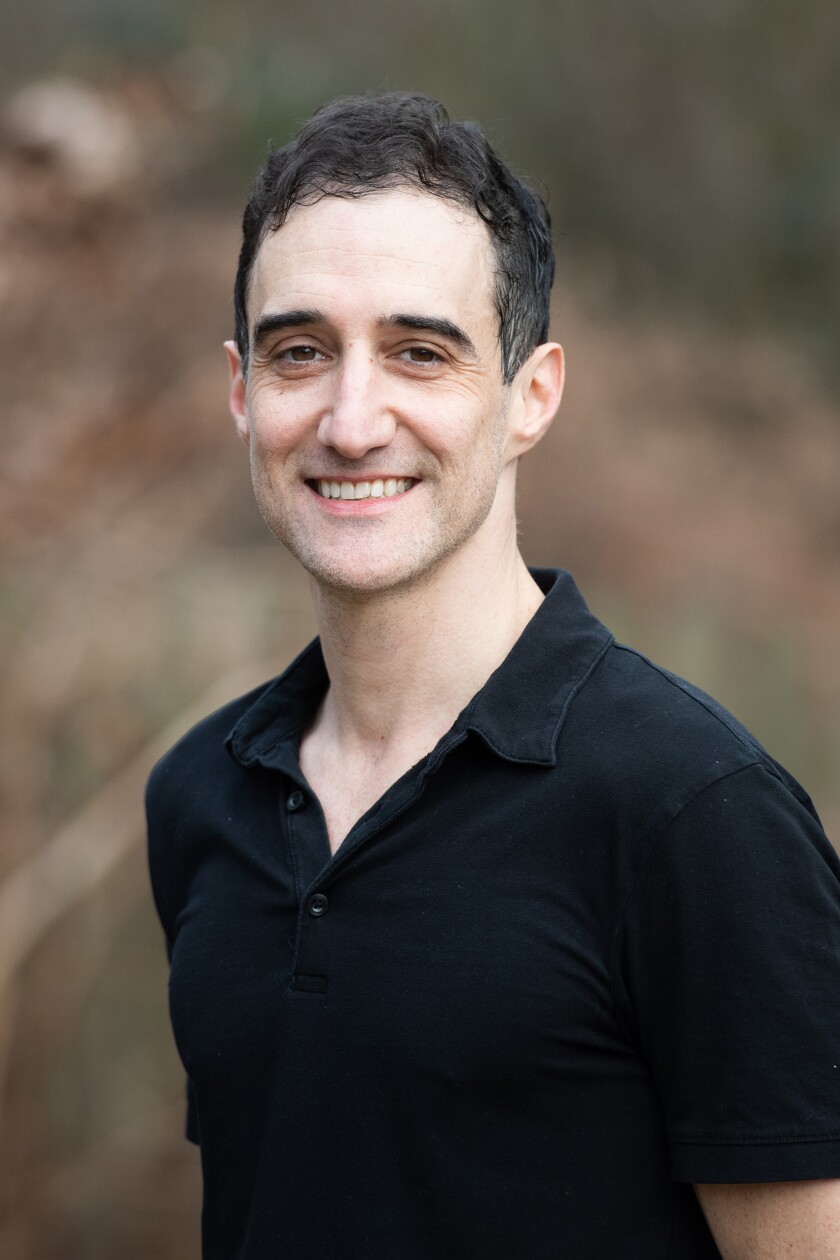ROCHESTER, Minn. -- What if the past 70 years spent studying the genetics of cancer was a wrong turn?
What if, with the exception of smoking, the rise of cancer in modern society can be traced to something less complicated than DNA, radiation or chemicals in the air, food and water?
What if tumor cells are common but their growth is determined by how we feed them?
These are a few of the questions that accompany the metabolism of cancer, or the study of how cancer eats. A scientific endeavor that once captivated the world in the 1930s, it is only now gaining renewed attention after having been buried beneath history.
The study of how to starve cancer had the unique misfortune, it seems, of being championed by none other than the architects of the Third Reich. Hitler, it turns out, was terrified of cancer.
ADVERTISEMENT
So terrified, in fact, that he protected the lavish funding, posh estate, riding horses, luxury cars and research appointment of an openly-gay, Nazi-defiant and flamboyant German Jew and Nobel laureate named Otto Warburg.
A polarizing genius who became famous for the discovery that cancer creates energy by fermentation rather than available oxygen, Warburg laid the groundwork for ideas that have since come to point the finger at dietary sugar in cell growth and cancer metastasis.
In his day, Warburg thought something was broken in a cancer cell, and that damaged respiration. Only later would scientists learn that cancer specifically prefers glucose, and that cancers of the breast, prostate, uterus, colon and lung have a surplus of receptors for insulin.
And all of these strange details are just a fraction of the interwoven narrative of science, biography and medicine that is "Ravenous," a spellbinding new work of reporting by science journalist Sam Apple.
Rarely has such a broad array of medical questions, historical events, bench science and political intrigue come together as they do in Ravenous, whose subtitle reads "Otto Warburg, the Nazis and the Search for the Cancer-Diet Connection" (Liveright books, $28.95).

Apple cuts to the goods in an early summary section, one that gets to the basis for his title.
ADVERTISEMENT
"While the Nazis often gravitated toward quackery," Apple writes, "their interest in Otto Warburg was rooted in the most respectable science of the time."
After describing how Warburg created new tools to measure the metabolism of cells, Apple recreates Warburg's eureka moment that time forgot.
"When he used those tools to study cancer cells," Apple writes, "what he found amazed him. The cancer cells weren't eating like other cells. They were swallowing up huge portions of glucose, or blood sugar -- as much as 10 times that of healthy cells in the same tissues."
"The cancer cells were eating like shipwrecked sailors," he continues. "They were ravenous."
A book that asks if we have been building edificies for the treatment of cancer when a simpler means to prevent it was staring at us all along, Ravenous traces the story of the Warburg Effect, as the Nazis closed in around its namesake.
It is surely one of the strangest stories in the history of medicine that still has relevance on how we could extend our lives today, a tale filled with no shortage of surprising twists and turns.
Among these -- before he returned to Germany to become "the father of Nazi medicine," in 1912 a German eugenicist and surgeon named Erwin Liek briefly worked at the Mayo Clinic among other American hospitals.
ADVERTISEMENT

Another strange detail -- the remnants of German beet sugar production were used to create Zyklon B, gas used at the camps.
Apple ponders the deaths that made Hitler and his predecessor fear cancer, the Nazi supporting scientist whose work inspired Rachel Carson to write "Silent Spring," and beliefs in the "purity of nature" that morphed into such terrible horrors of the period.
When the war ended, we learn, Warburg's ideas came to be seen as outdated. As Apple moves his narrative into this postwar period the writing in "Ravenous" becomes less visual and more weighted with detailed science.
It's worth it to keep going here, if not always easy. He shifts gears to examine the possibility that sugar was the culprit behind the rise in cancer all along. But the last half of "Ravenous" can start to feel like the second of two books.
We hear from Warburg sparingly in these later years. Our connection to him shifts to a cell metabolism research team, circa 2000, that has to relearn how to use his original instruments.
One of these scientists in 2016 would ask if we will one day come to "view this era of massive addiction to sugar in America in the same way we now view the massive addiction to tobacco."
By then, Warburg has long since collapsed in his study, the start of his final decline, alone and forgotten.









